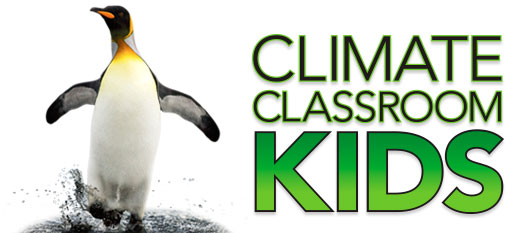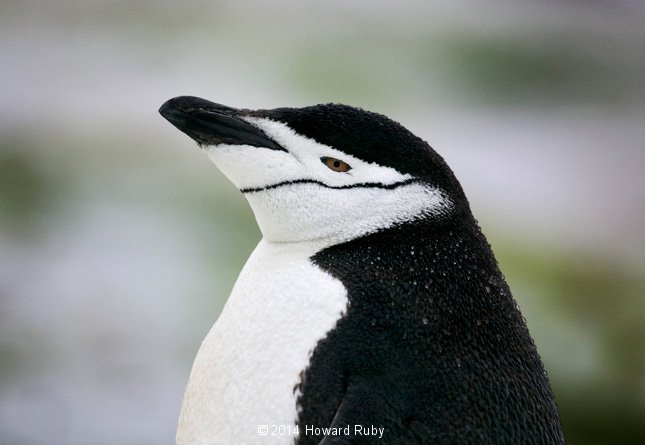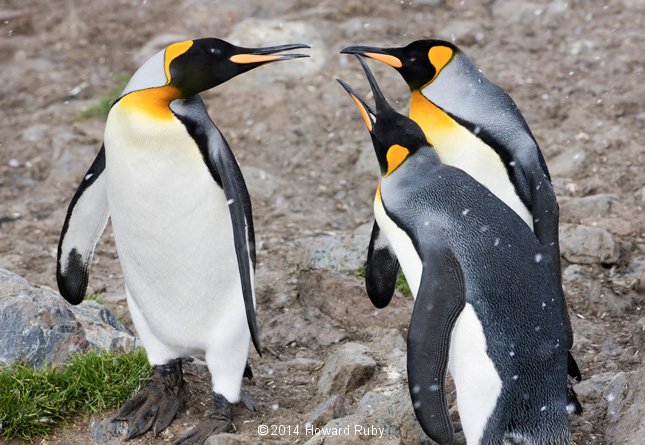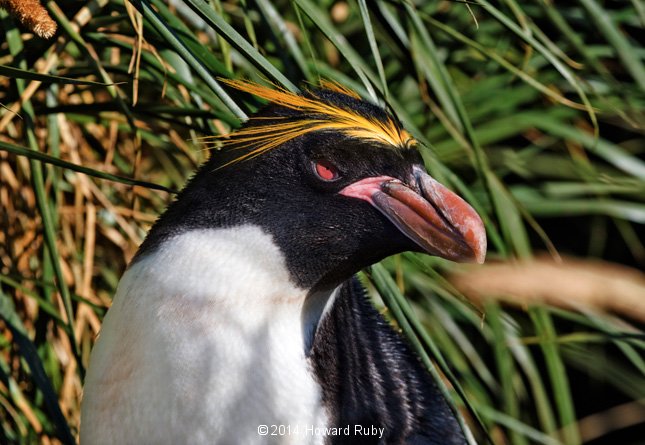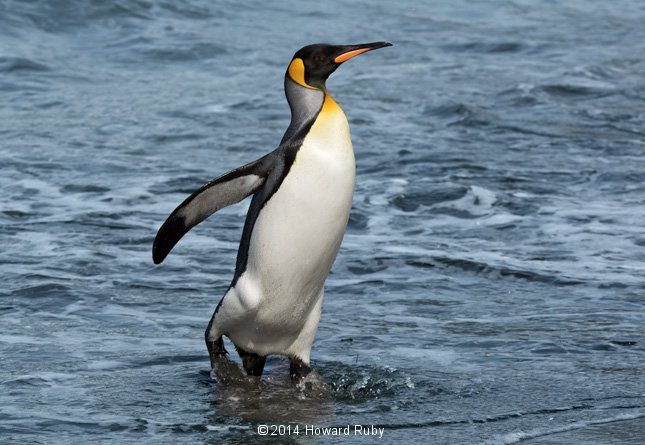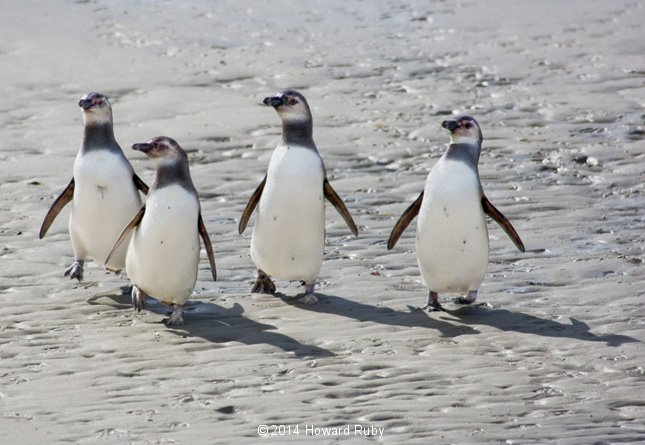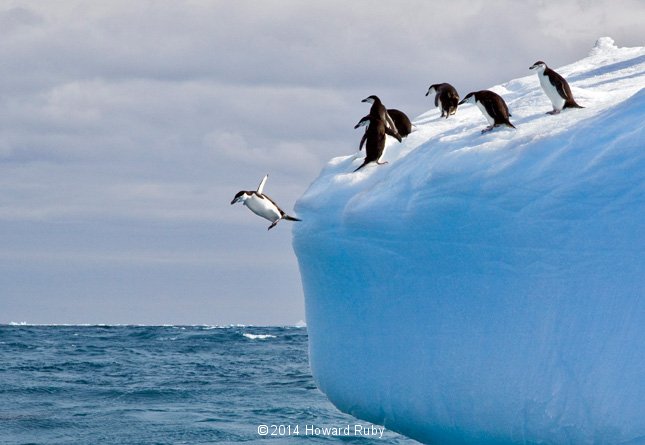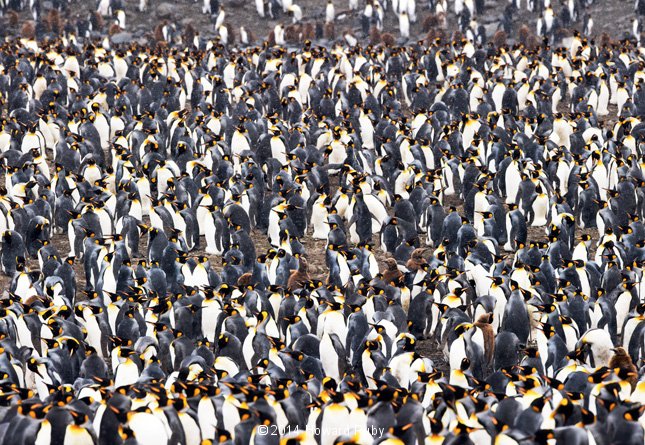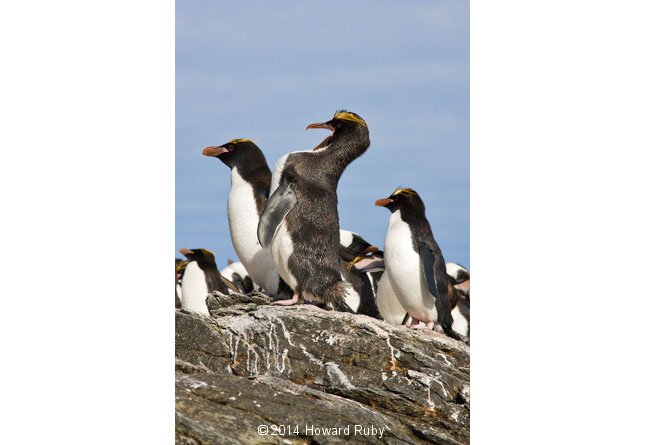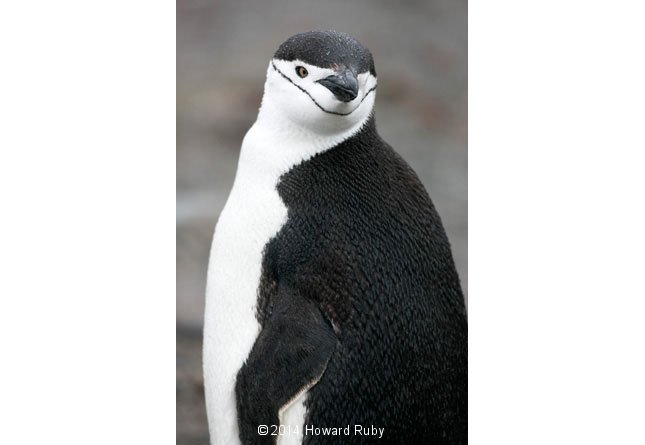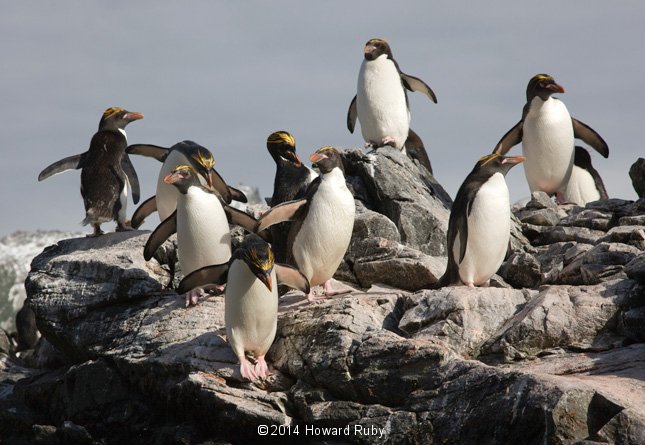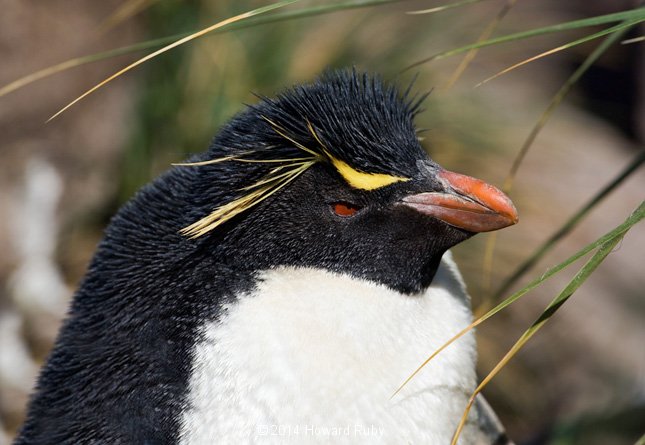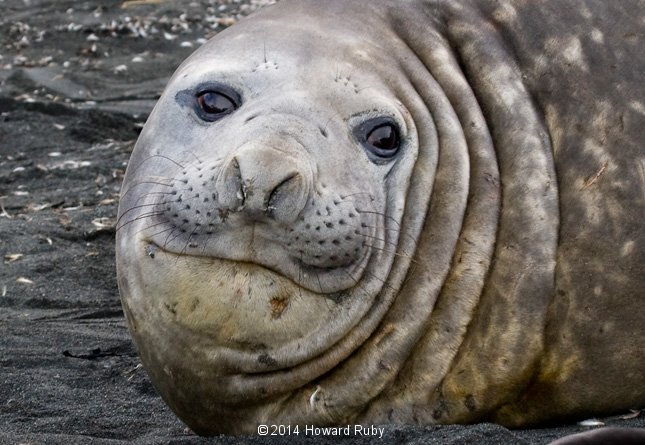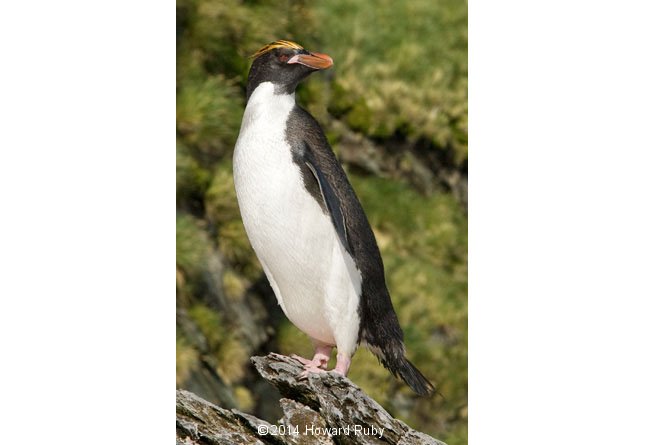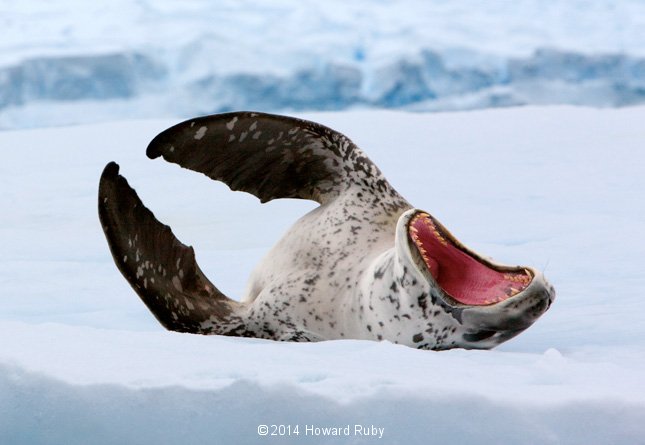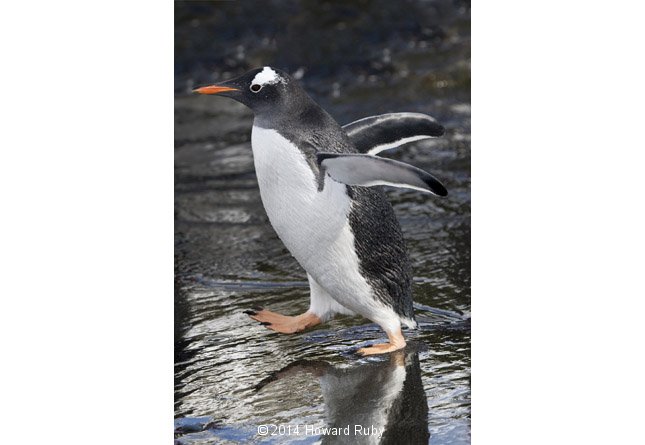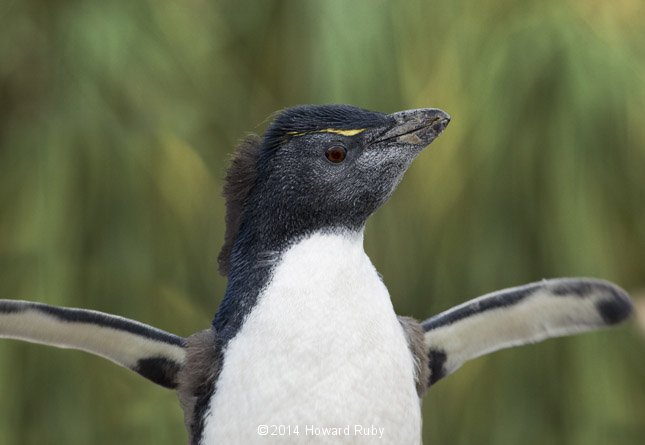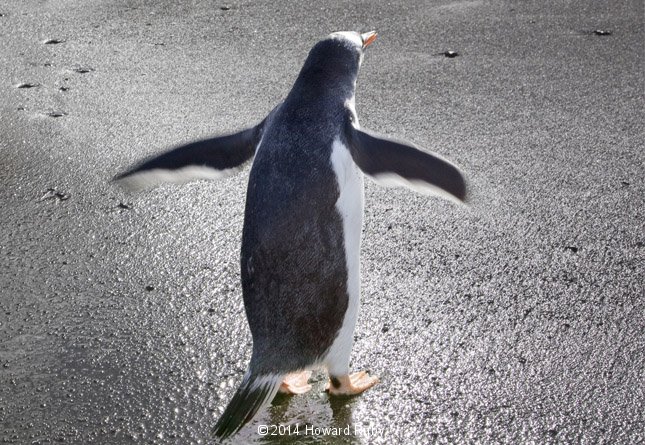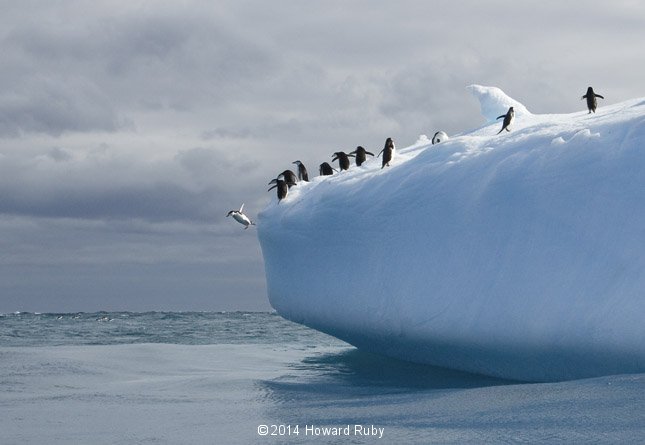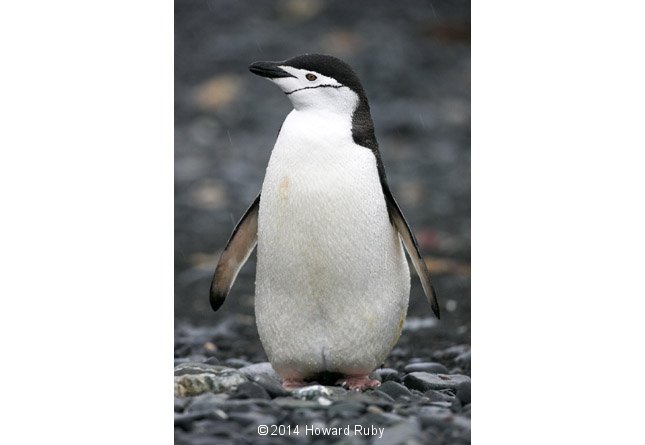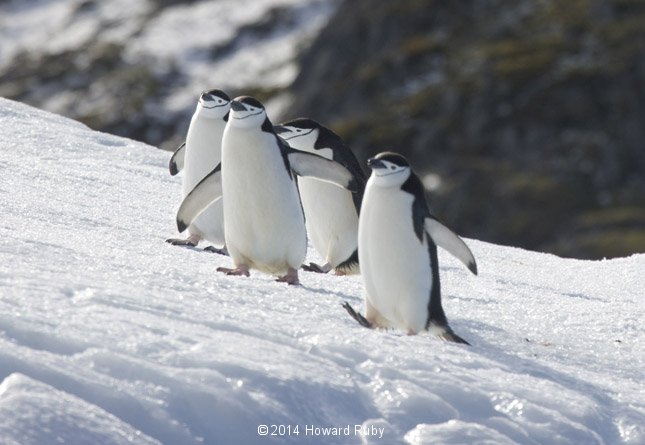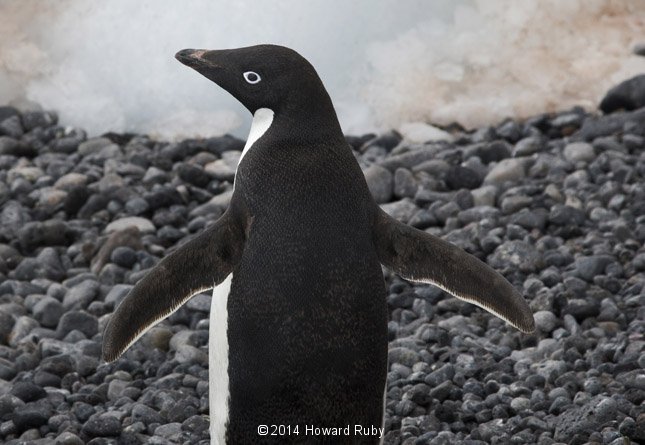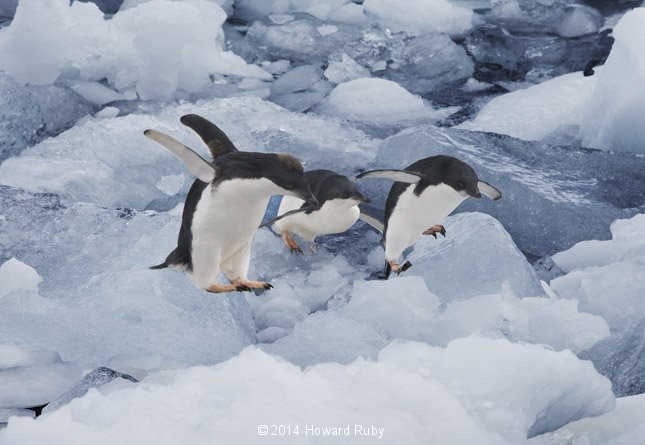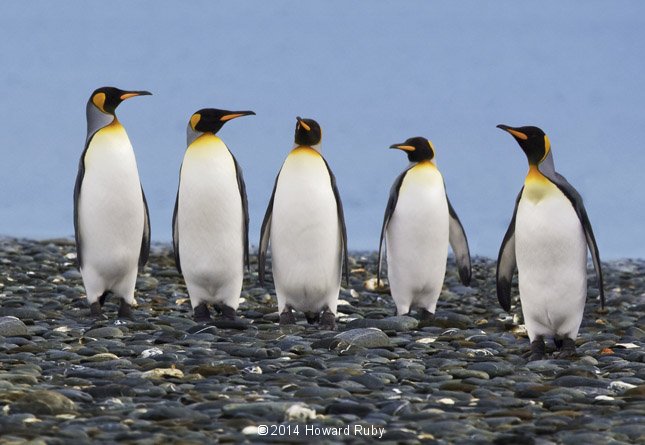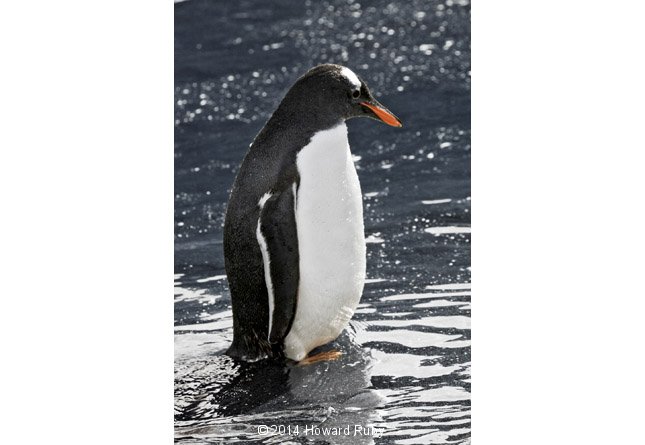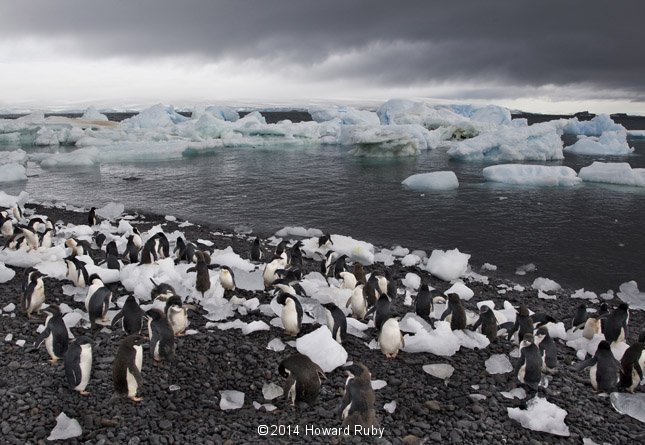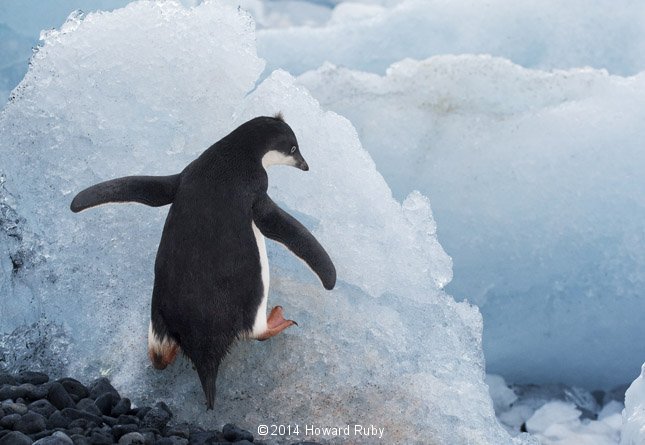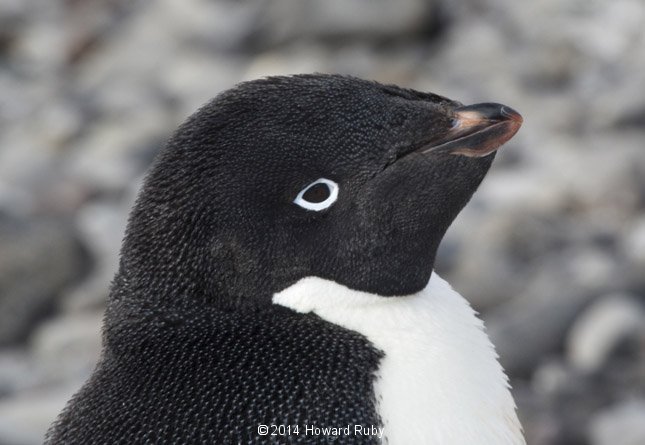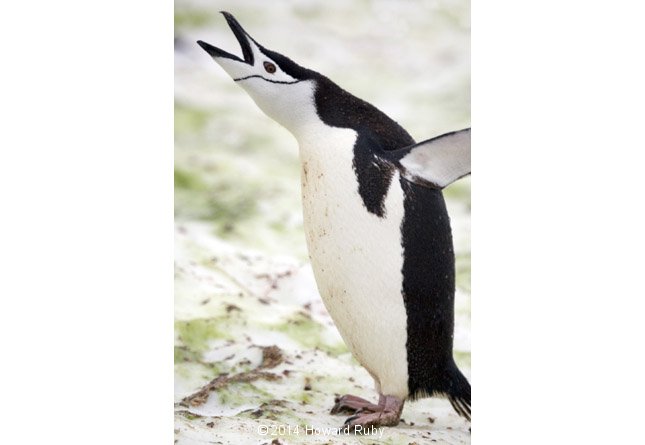Penguins & Antarctica
Penguins usually hang out in big groups called colonies. Some penguins, such as gentoos, build simple nests out of pebbles or twigs, feathers, and bits of seaweed. Others just scrape the ground a little. A few kinds dig burrows. King and emperor penguins use no nest at all. They just balance their single eggs on their feet. Penguin parents take turns incubating their eggs and feeding the chicks once they have hatched. An adult recognizes and feeds only its own chick, being able to identify it in a crowded rookery by its distinctive call.
Though they are considered birds, penguins spend most of their lives at sea as fast and powerful predators. A colony of 5-million Adélies can eat more than 17-million pounds of krill and small fish a day. Swimming is what penguins do best. Some penguins can cruise underwater about as fast as an Olympic swimmer. To speed things up, they might leap in and out of the water the way porpoises do.
Like a feathered rocket, a penguin can burst out of the water and up onto the ice. A penguin can leap up to three or four times its own height. Another way of coming ashore is to just ride in on the surf. As soon as the penguin hits solid ground, it bolts upright. Then it quickly hops or runs out of the way of incoming waves.
Like people, penguins have many ways of getting around on land. They can walk, run, hop, or jump. But sometimes, on smooth surfaces, it’s easier to just plop down and slide along on the belly. That’s called tobogganing. They shove with their toes while balancing and steering with their flippers.
Everybody knows that penguins waddle. It’s one of the things that make penguins so cute. Why do they walk that way? It has to do with their short legs being so far back on their bodies. That makes them more streamlined underwater. But, when they walk upright on land, waddling is about the best they can do.
